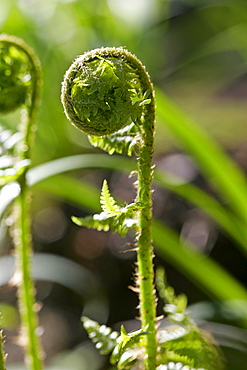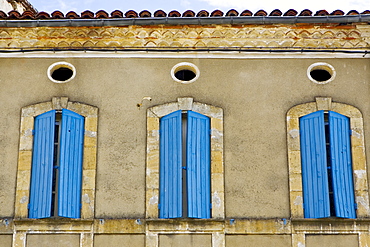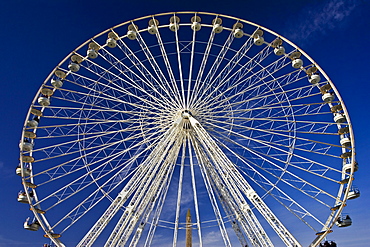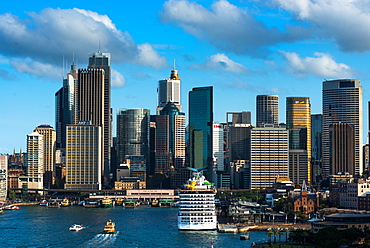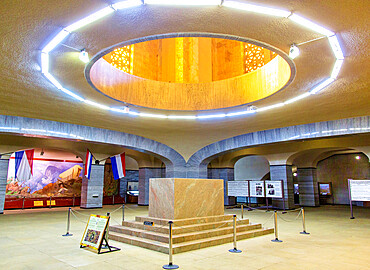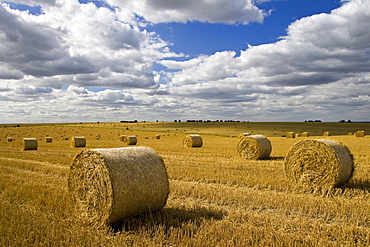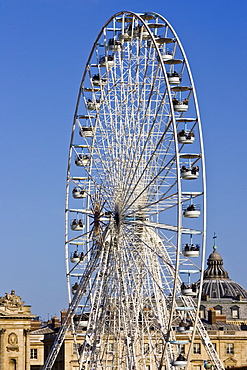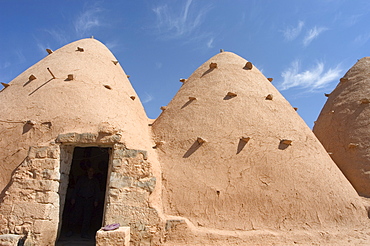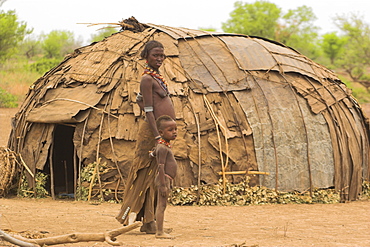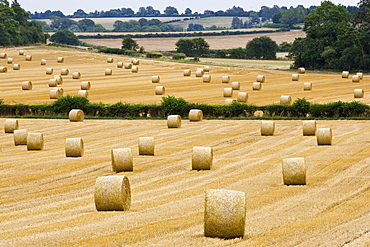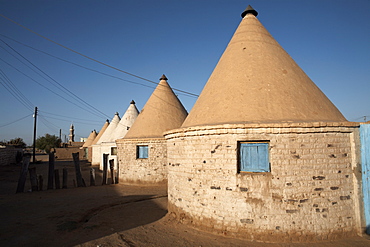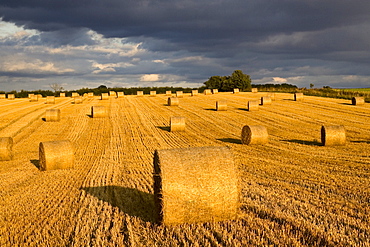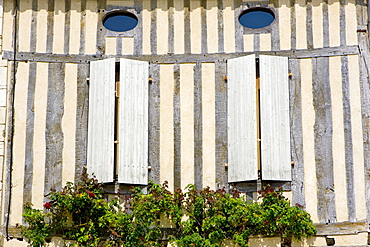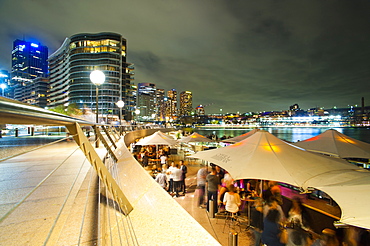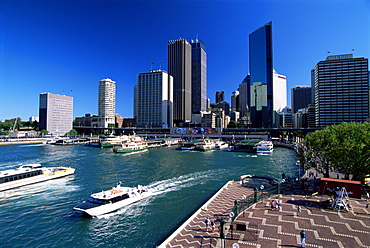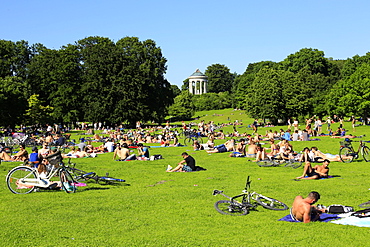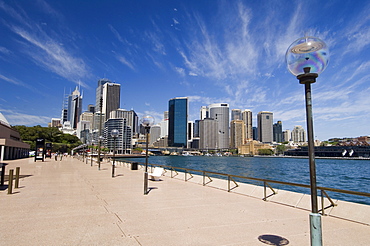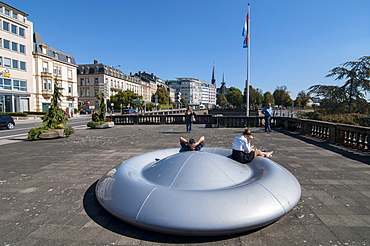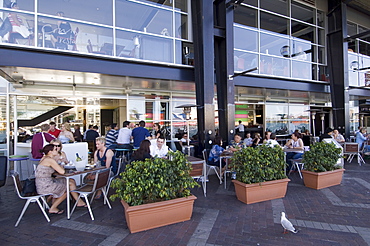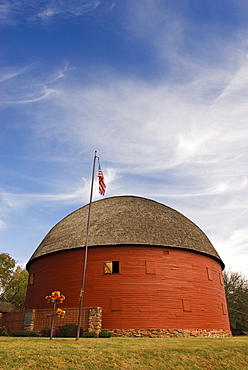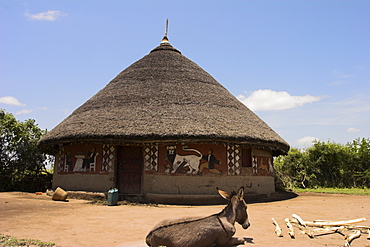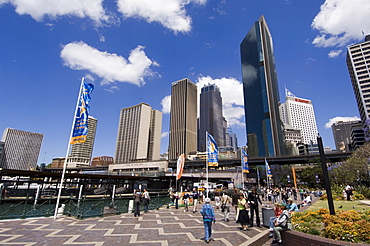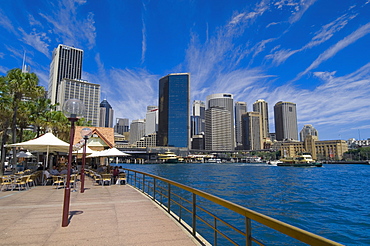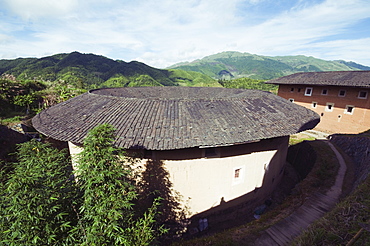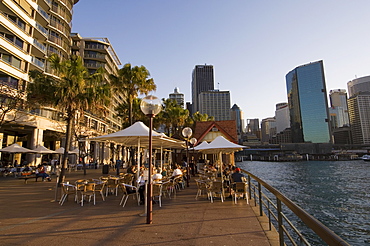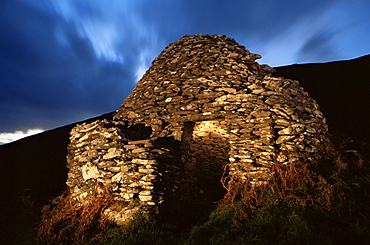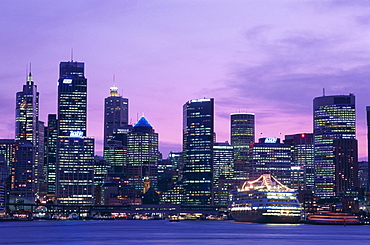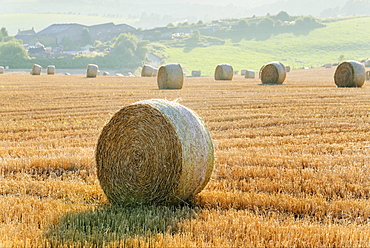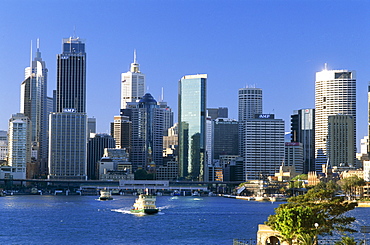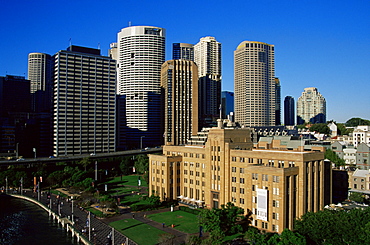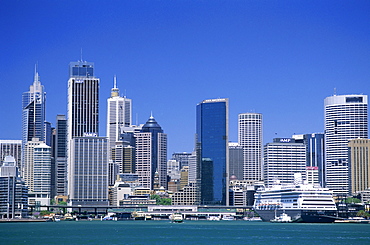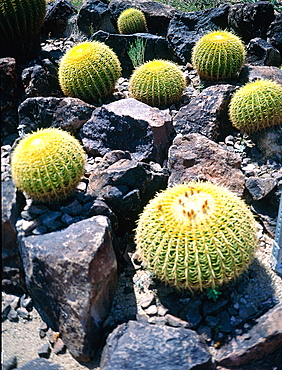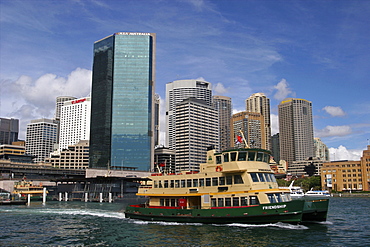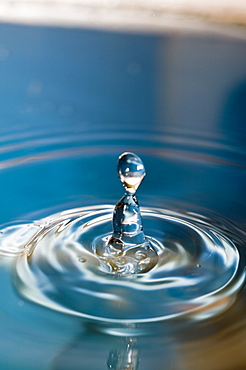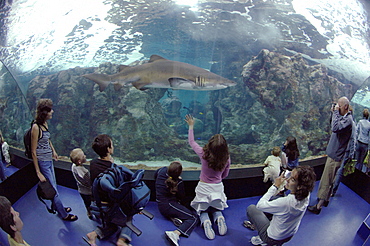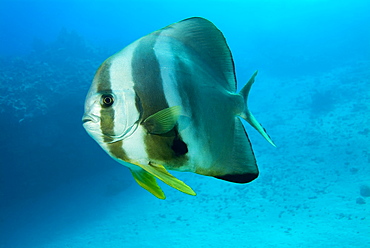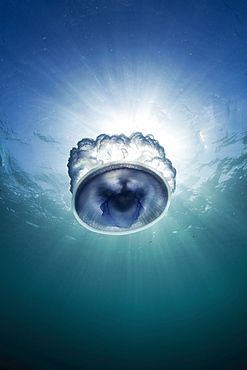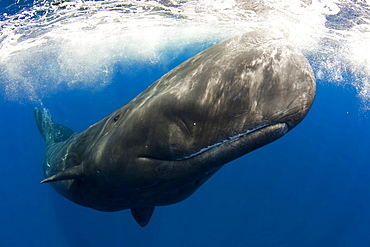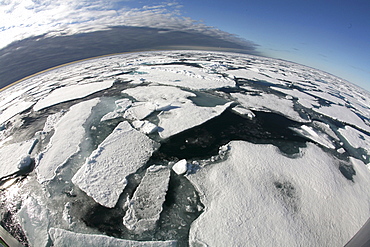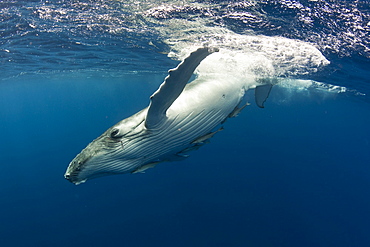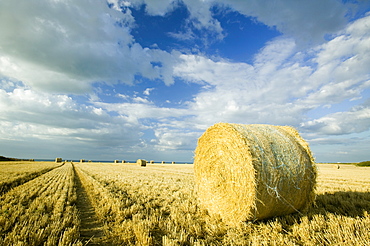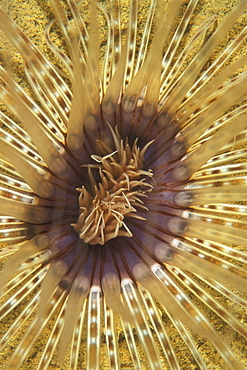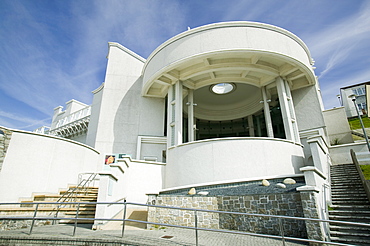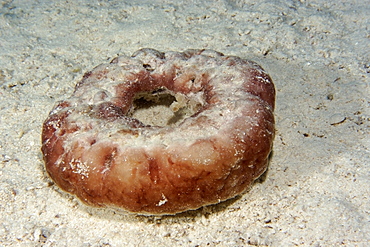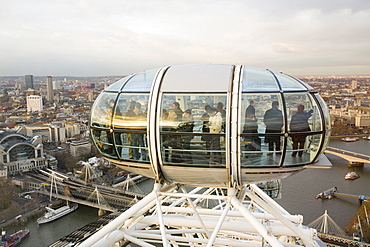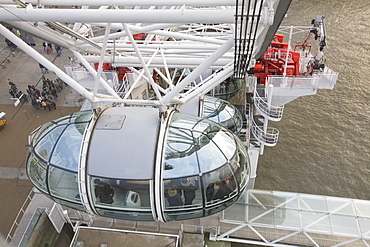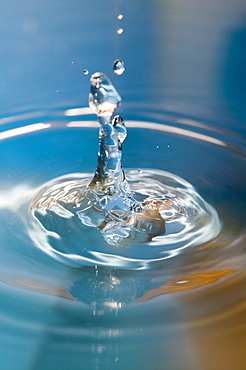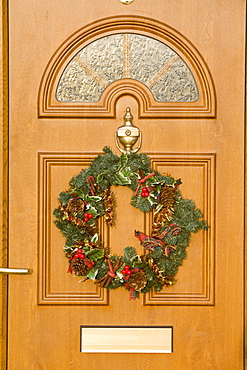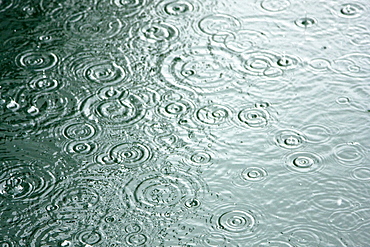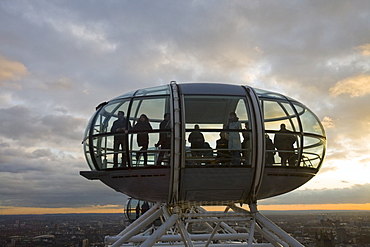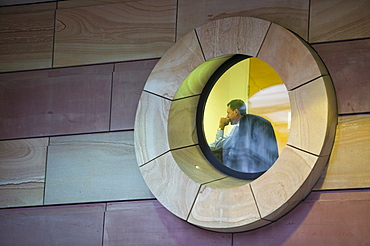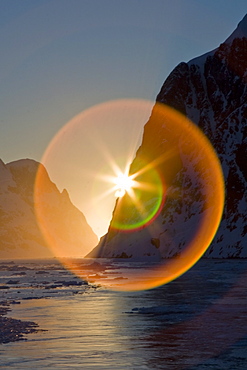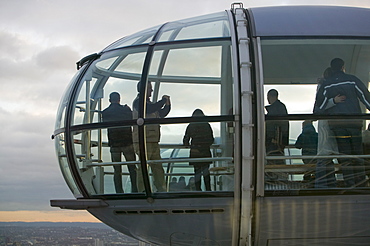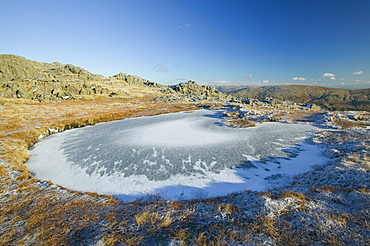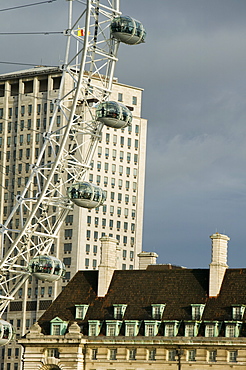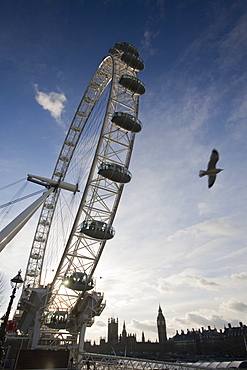Results
« Previous 1 2 3 4
304 results found

Hobbiton, wooden doors of Hobbit holes in the film set fictional village of Hobbiton, Matamata, North Island, New Zealand, Pacific

Hobbiton, wooden doors of Hobbit holes in the film set fictional village of Hobbiton, Matamata, North Island, New Zealand, Pacific
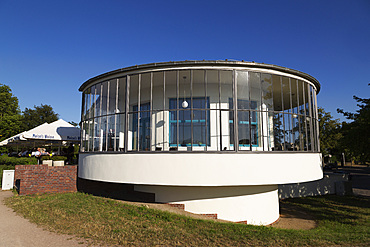
The semi-circular balcony of the Kornhaus restaurant, designed by Carl Feiger of the Bauhaus, in Dessau, Saxony Anhalt, Germany, Europe

Person enjoying the open-air cold baths in the circular pool of the Arctic Bath Spa Hotel, Harads, Lapland, Sweden
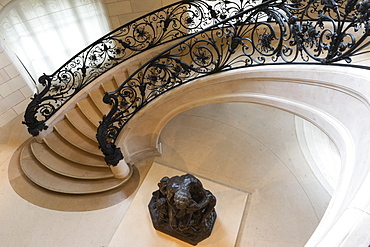
Circular staircase with the statue Ugolino and His Son by Jean-Baptiste Carpeaux, Petit Palais, Paris, France, Europe

Sydney Opera House built in 1973, designed by Jorn Utzon, probably the most iconic symbol of the city, with a tourist ferry crossing the harbour towards nearby Circular Quay, Sydney, New South Wales, Australia, Pacific

Circular stained glass window in The Cathedral of Notre Dame, Our Lady, at Strasbourg, Alsace, France
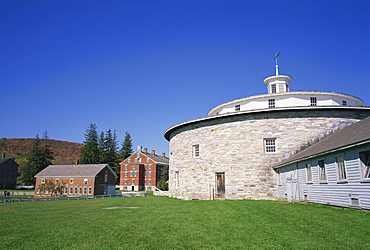
Circular building with houses in the background at the Hancock Shaker Village, in Massachusetts, New England, United States of America, North America
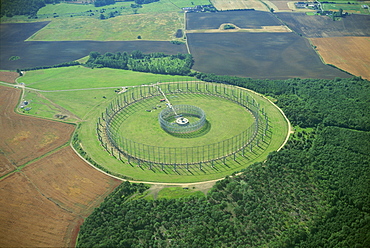
Large circular aerial at RAF Chicksands, a communications centre operated by the U.S. Air Force, near Shefford, Bedfordshire, England, United Kingdom, Europe

Sunrise on the old tower seen from colonnade of the semi-circular portico, Plaza de Espana, Seville, Andalusia, Spain, Europe
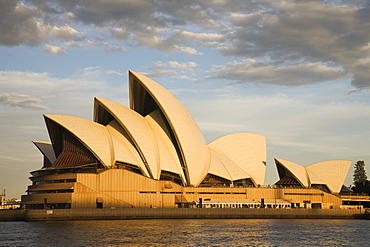
Sydney Opera House built in 1973, designed by Jorn Utzon, at Circular Quay, viewed at sunset, Sydney, New South Wales, Australia, Pacific
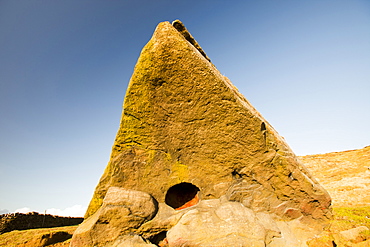
A boulder of millstone grit on Ilkley moor with a perfect circular hole probably formed by a large inclusion weathered out of the bedrock, West Yorkshire, England, United Kingdom, Europe

A boulder of millstone grit on Ilkley moor with a perfect circular hole probably formed by a large inclusion weathered out of the bedrock, West Yorkshire, England, United Kingdom, Europe
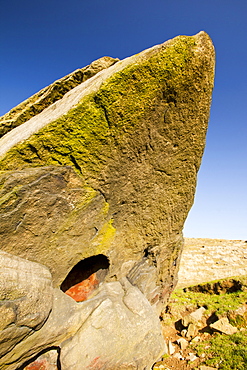
A boulder of millstone grit on Ilkley moor with a perfect circular hole probably formed by a large inclusion weathered out of the bedrock, West Yorkshire, England, United Kingdom, Europe

The tholos, a circular building created between 380 and 360 BC at the centre of the sanctuary of Athena Pronaia, Delphi, UNESCO World Heritage Site, Peloponnese, Greece, Europe
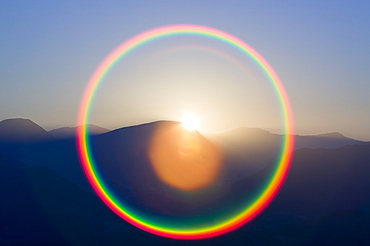
Sunset over the Lake District fells with a circular rainbow, Cumbria, England, United Kingdom, Europe
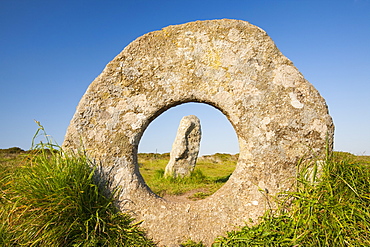
The famous Men an Tol stone near St. Just, a late Neolithic monument in Cornwall, England, United Kingdom, Europe
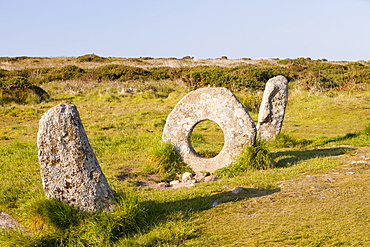
The famous Men an Tol stone near St. Just, a late Neolithic monument in Cornwall, England, United Kingdom, Europe
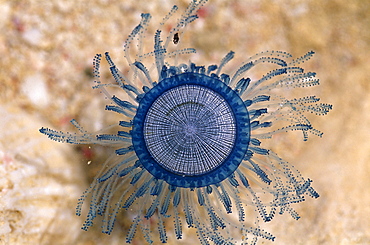
Blue Button (Porpita porpita), Jellyfish with clear cound, blue disc with tentacles extended, Cayman Brac rockpool, Cayman Islands, Caribbean
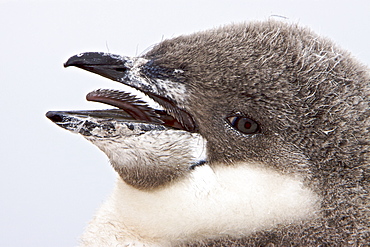
Chinstrap penguin (Pygoscelis antarctica) chick head detail at colony on Useful Island near the Antarctic Peninsula. There are an estimated 2 million breeding pairs of chinstrap penguins in the Antarctic peninsula region alone, perhaps as many as 7.5 million breeding pairs in all of Antarctica. Their name derives from the narrow black band under their heads which makes it appear as if they are wearing black helmets, making them one of the most easily identified types of penguin. Other names for them are "Ringed Penguins", "Bearded Penguins", and "Stonecracker Penguins" due to their harsh call. They grow to 68 cm (27 in). The average adult weight of a Chinstrap Penguin is 4.5 kg (10 lbs). Weight can range from 3 to 6 kg (6.6-13.2 lbs), with males being slightly larger and weight varying based on where the penguin is in the breeding cycle. Their diet consists of krill, shrimp, and fish. On land they build circular nests from stones, and lay two eggs, which are incubated by both the male and the female for shifts of five to ten days. They can also breed on icebergs, though they prefer non-icy conditions. The chicks hatch after about 35 days, and have fluffy gray backs and white fronts. The chicks stay in the nest for 20?30 days before they go to join a creche. At around 50?60 days old, they moult, gaining their adult plumage and go to sea. The Chinstrap Penguin was first described by German naturalist Forster in 1781. Its specific epithet was often seen as antarctica, however a 2002 review determined the genus Pygoscelis was masculine, and hence the correct binomial name is Pygoscelis antarcticus.
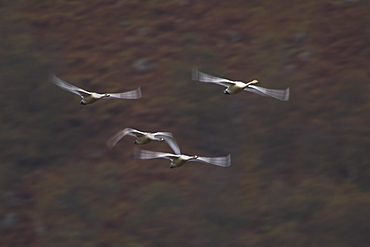
Whooper Swan (Cygnus cygnus) on an early morning flight, slow shutter speed capturing a circular flight around the valley floor. Shot shows valley walls in the background , Scotland

Coconut or Margined Octopus (Octopus marginatus) hiding in Paint Can. This animal often hides in the husk of coconut, and also in 1/2 shells (like clams) when young. Lembeh Strait, Sulawesi, Indonesia. (rr)
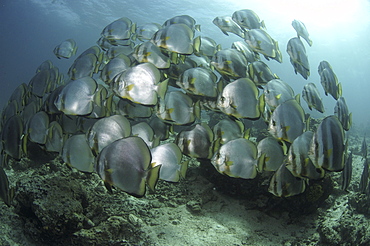
Circular Spadefish/Batfish (Platax orbicularis) Shoal. Barracuda Point, Sipadan Island, Borneo, Malaysia
(RR)
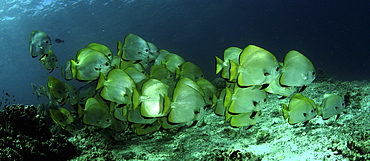
Circular Spadefish/Batfish (Platax orbicularis) Shoal. Barracuda Point, Sipadan Island, Borneo, Malaysia. (RR)
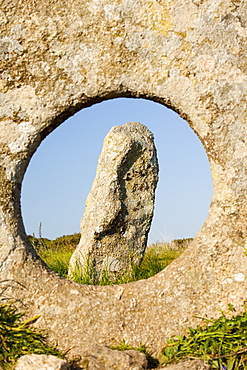
The famous Men an Tol stone near St. Just, a late Neolithic monument in Cornwall, England, United Kingdom, Europe
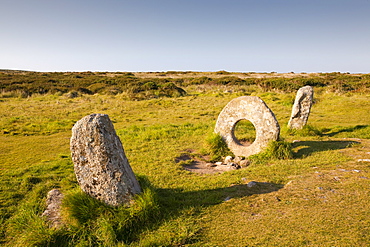
The famous Men an Tol stone near St. Just, a late Neolithic monument in Cornwall, England, United Kingdom, Europe
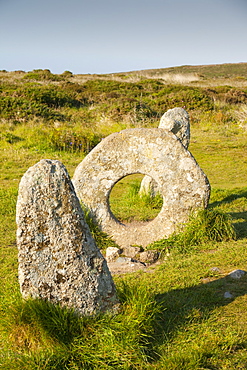
The famous Men an Tol stone near St. Just, a late Neolithic monument in Cornwall, England, United Kingdom, Europe
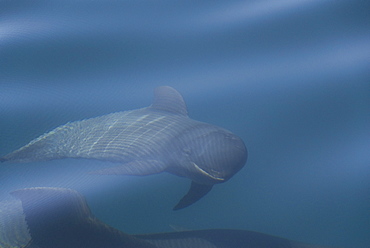
Short finned pilot whale (Globicephala macrorynchus). A very young pilot whale showing the foetal folds. Ripples on the surface have created a circular pattern of stripes too. Gulf of California.
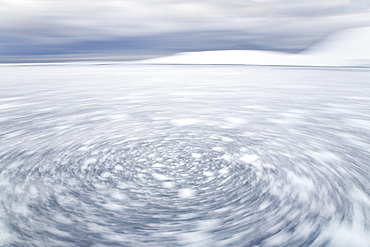
The Lindblad Expedition ship National Geographic Explorer transits Lemaire Channel in late evening light on the west side of the Antarctic peninsula in Antarctica
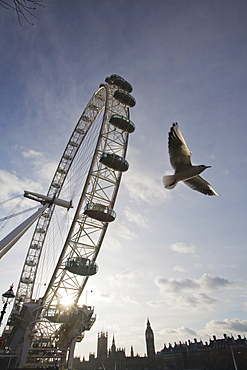
The London Eye on the Thames South Bank UK with a black headed gull flying past, London, England, United Kingdom, Europe
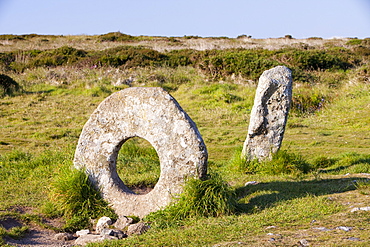
The famous Men an Tol stone near St. Just, a late Neolithic monument in Cornwall, England, United Kingdom, Europe
